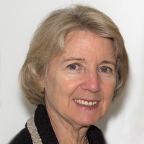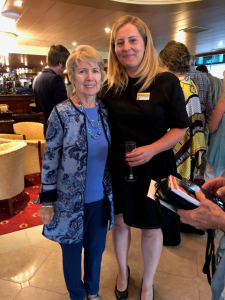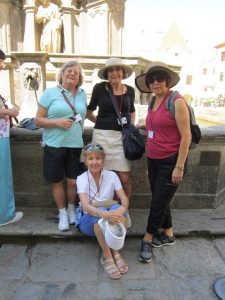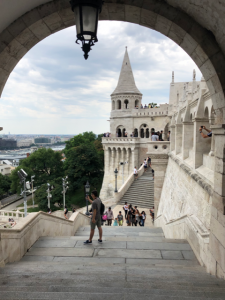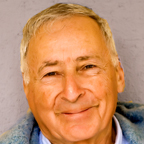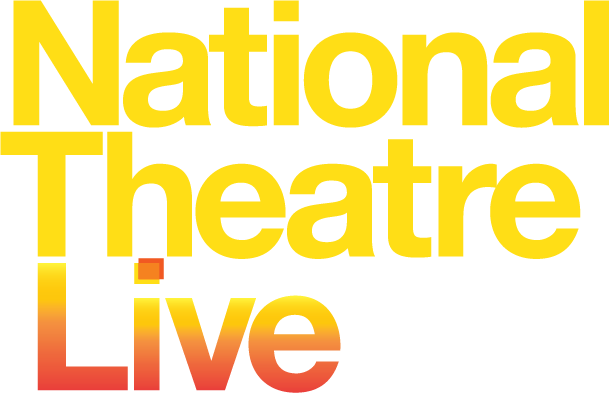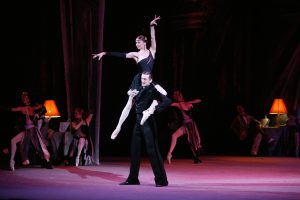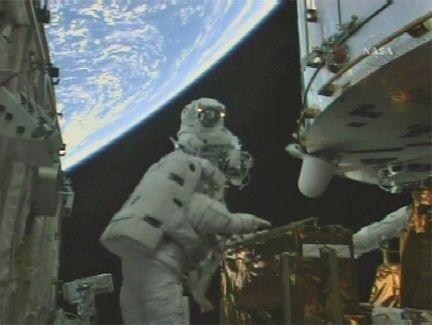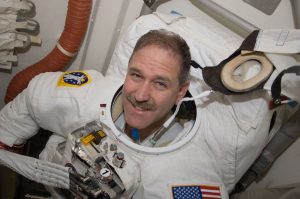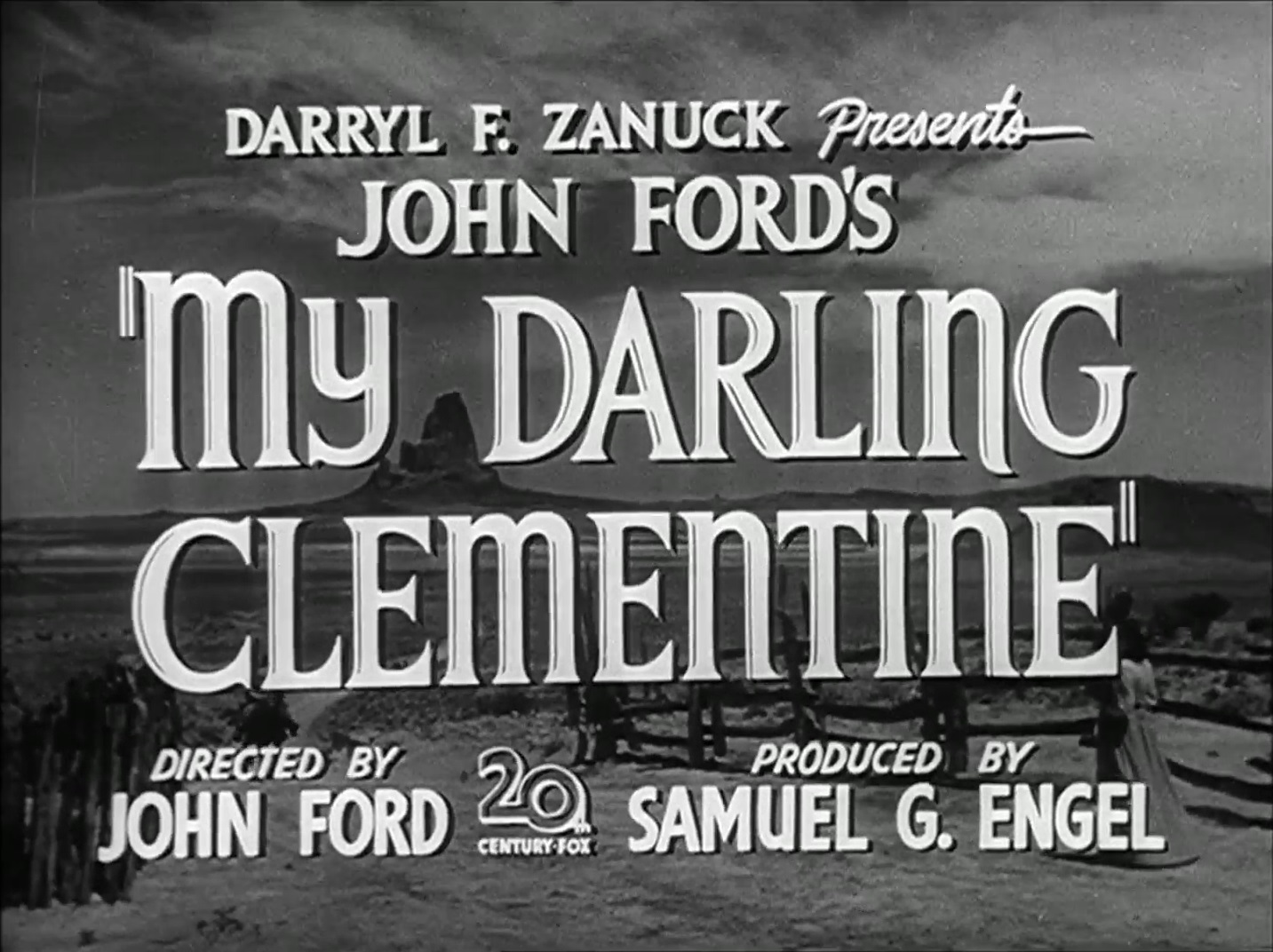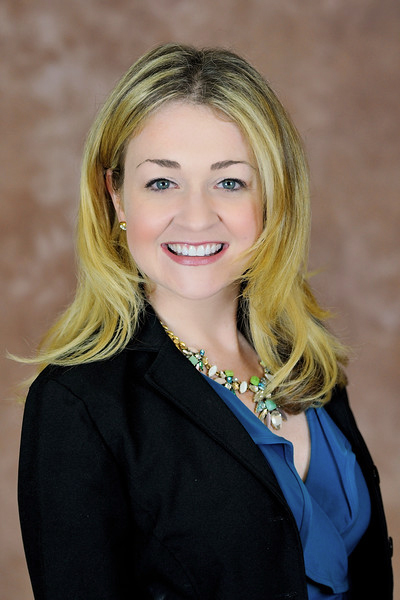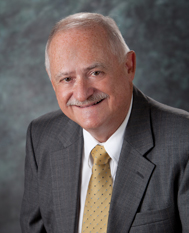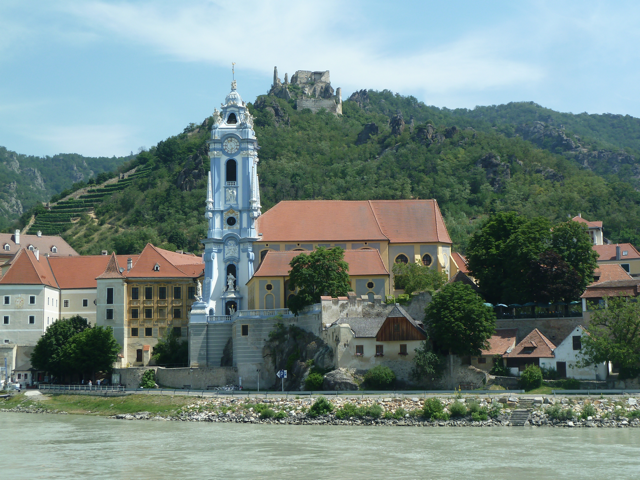
By: Lisa Troute, OLLI Advisory Board Member
Imagine floating down the beautiful Danube River on a riverboat, exploring history along the way! Well, that’s exactly what 32 friends and family of OLLI did from June 26-July 9, 2019. These lucky people sailed with Dr. Jeffrey Morton on a fabulous excursion through the Czech Republic, Austria, Slovakia, and Hungary. (Some OLLI members also took pre or post excursion trips to Germany, Poland, or Budapest.) What a grand experience it was, as the food, the service, the tour guides, and the scenery were all superlative—and punctuated with amazing lectures from Dr. Morton who provided the background and history of the storied places we were seeing!
Dr. Morton’s five excellent lectures, distributed throughout the cruise, took us from the Ottoman Empire, the Habsburg reign, WWI, WWII, the Cold War, and finally to the political and economic status of the Czech Republic, Austria, Slovakia and Hungary. These lectures were especially meaningful since we were visiting the places he talked about.
In Prague we visited Stare Mesto (Old Town), the fabulous Charles Bridge with historic statues on each side, and a castle. In a Prague garden, we heard from a local professor who told about his personal experiences during the communist takeover, and the events surrounding the fall of the Iron Curtain. History truly came alive!
From Prague, we took a bus to Cesky Krumlov—a well preserved medieval town and UNESCO World Heritage Site. We visited Mauthausen, one of the Nazi’s first large-scale concentration camps—and the last to be liberated. It was sobering to see the barracks, the gas chambers, the crematorium and the 180,000+ names of those who had perished there.
Floating through the Wachau Valley, we admired the stunningly beautiful landscape of sculpted hills, vineyards and medieval towns on both sides of the Danube that comprise this UNESCO World Heritage Site. A stop at Krems included a visit to Gottweig Abbey, a still-active monastery that has been sitting on a hilltop overlooking the unspoiled Wachau Valley since 1072. Another stop was at Durnstein, a charming little town with cobbled streets and a distinctive blue church, and then it was on to a winery. Winzer Krems is part of a wine cooperative of all the wine growers in the region. And of course we tasted the wines while learning about the area’s wine heritage.
Vienna was our next stop, boasting 1,000 years of Jewish cultural history—including a period in the 18th century, when more Jews lived there than anywhere else in the world. The city has seven synagogues (among them Europe’s oldest), a Jewish Museum and an Old Jewish Cemetery where the stones are practically atop one another.
While walking past the Imperial Palace, home to many generations of the Habsburg family, we saw Lipizzaner horses from the famed Spanish Riding School trotting around one of the castle’s courtyards.
But what is Vienna without music? One evening we went to Kursalen Vien, a palace built in 1865, and thrilled to the music of Strauss and Mozart. Vienna has many palaces, and we toured the expansive summer estate of Habsburg royalty, Schoenbrunn Palace (whose name means “beautiful spring”). It features 1,400 rooms, meticulously maintained gardens, and an architectural legacy that stretches back to the 17th century. It is also a UNESCO World Heritage Site.
Bratislava, Slovakia’s capital, known for its picturesque setting at the foot of the Little Carpathian Mountains, is the smallest of the four capitals we visited. It was once the seat of power of neighboring Hungary. One evening we broke into small groups and joined local Slovakian families for dinner in their homes. This interpersonal connection allowed us to glimpse everyday life along the Danube.
The Grand Circle Foundation usually includes school visits in its tours, but because it was summer vacation, a teacher came on board to talk about the educational system She explained the exams that were necessary to graduate from high school, and the exams needed to get into a university, which is free to those who qualify.
Another interesting opportunity was riding a communist era bus, which took us to the border between Slovakia and Austria. Two parallel roads ran side by side, about 10 feet apart with a no-man’s line of grass or low bushes in between. Many died trying to bridge those few yards. Today, there is only grass and some bushes between the two borders (roads). Until 1991, it might have felt as if there were hundreds of miles between the two roads as people looked across at each other with guns drawn.
In Budapest, a bus tour took us to both sides of the Hungarian capital that straddles the magnificent Danube River. Buda, the western (hilly) side features Castle Hill, complete with ramparts that protected the massive castle complex. Destroyed during World War II, the palace has been restored and it is now a museum. We also went to a hill in Buda overlooking Pest, the eastern (flat) side of the capital. From here, Russians fired down into the city during the 1956 Hungarian Revolution. Bullet holes can still be seen on some buildings.
Natural connected underground limestone caves lie beneath Castle Hill. There, a hospital was created. The Hospital in the Rock had tended to scores of sick and wounded during World War II, and again during the Hungarian Revolution of 1956. In the Cold War era, it was outfitted as a nuclear fallout shelter. Today, it is a museum, with over 200 wax figures in period clothing, military uniforms, bandaged patients, and vintage medical equipment, giving visitors a feel for the intensity of the work performed here.
Beyond all the wonderful places we saw, we learned much about the history, culture, and people of the places we visited. Our guides were well informed and eager to share and make our experiences memorable. As an added bonus, we got to know other OLLI members and make new friends. Thank you, OLLI, for the opportunity to take this wonderful trip!!


